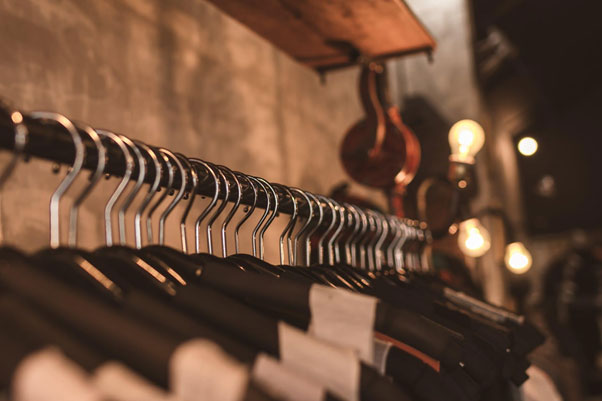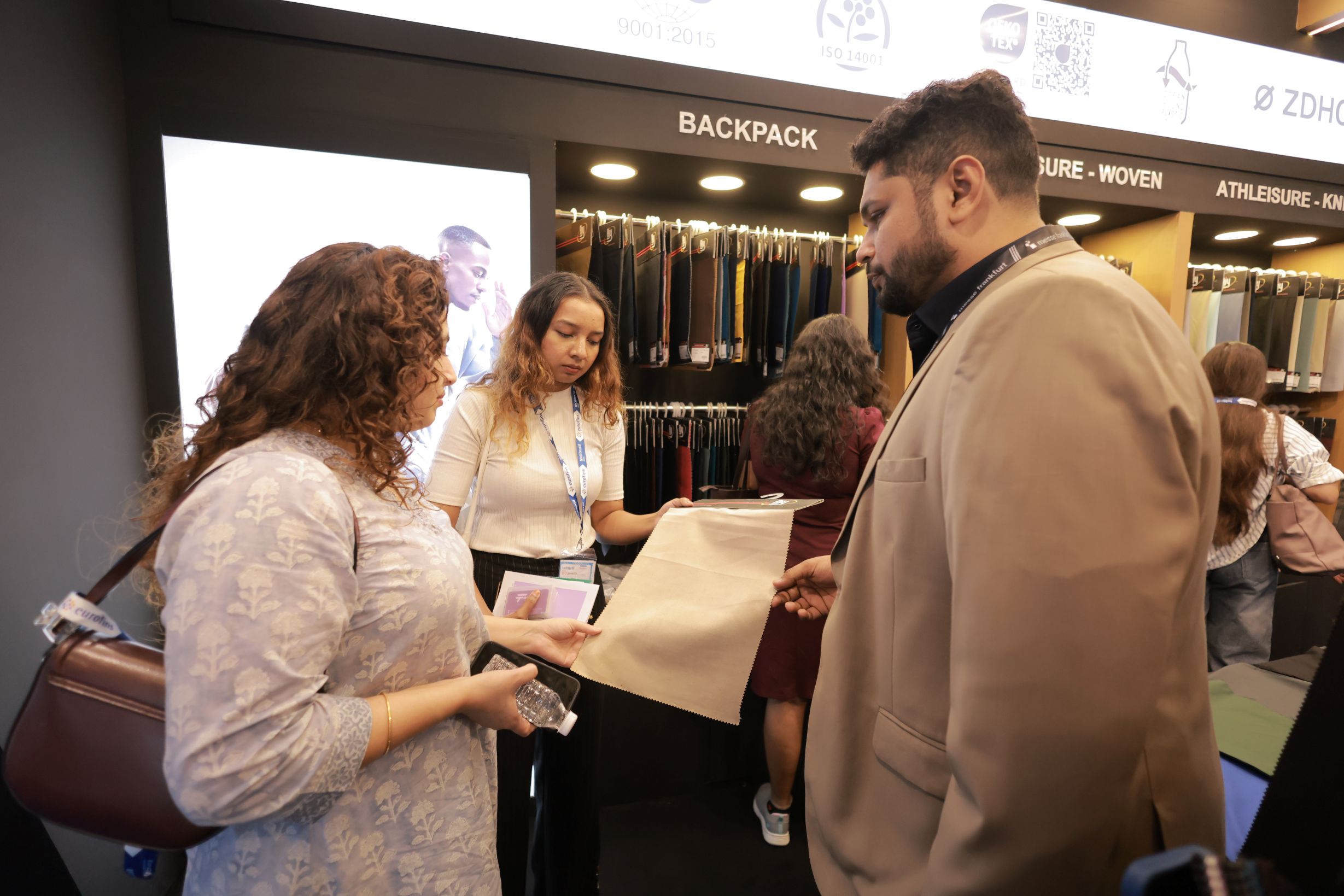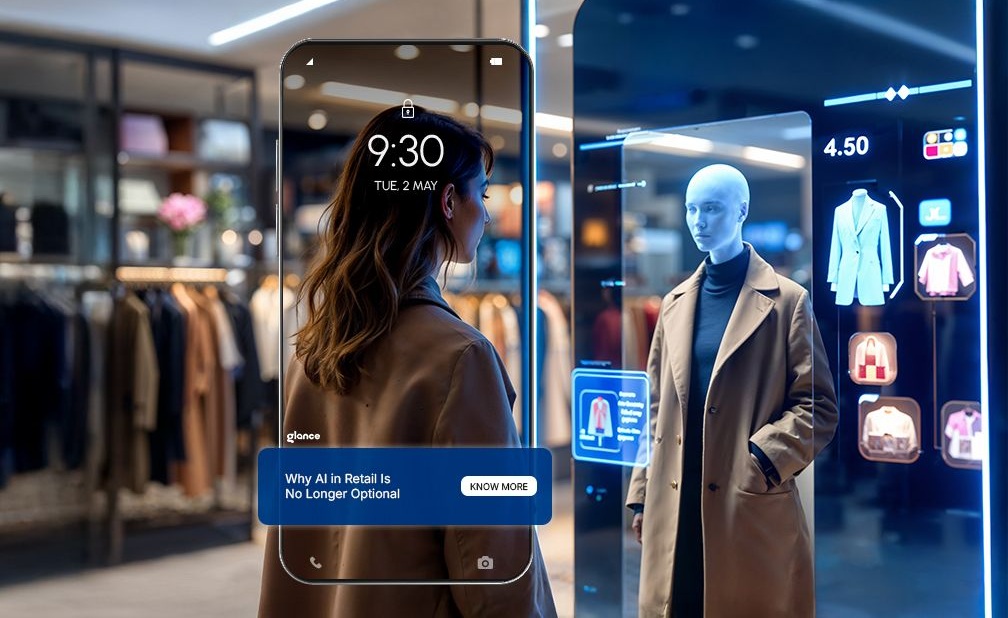
 Millennials are changing the world, and the world is changing for millennials. Whether they like it or not, every industry has had to adapt to the unique qualities and tastes of this new generation. Of course, the fashion industry is not an exception, and may even reflect a unique manifestation of the rapid changes brought about by this rising demographic of consumers. Here, we will look at how millennials are influencing and shaping the way the fashion world works.
Millennials are changing the world, and the world is changing for millennials. Whether they like it or not, every industry has had to adapt to the unique qualities and tastes of this new generation. Of course, the fashion industry is not an exception, and may even reflect a unique manifestation of the rapid changes brought about by this rising demographic of consumers. Here, we will look at how millennials are influencing and shaping the way the fashion world works.
No logos, no problem
In recent years, luxury brands have had to re-examine their approach to the growing millennial market, who have no desire for flashy designer logos. Although they are a generation built on selfies and Facebook stories, appearances don’t seem to matter when it comes to what used to be the ultimate status symbols.
Indeed, millennials have been giving classic luxury brands a run for their money. Gucci’s sales dropped by 1.1% in 2014, while Prada’s showed a decrease of 1.5% — a slump that luxury designers in the industry fear will only get worse. Brands like Abercrombie and Fitch and Michael Kors have removed their previously ubiquitous brand logos on some pieces completely to adapt to the millennial’s fashion preference, embracing the movement towards logo-less but high-quality fashion items.

Green is the new black
The ramifications of fast fashion on the environment and on factory workers are starting to catch up to the industry, as more and more millennials are choosing brands that have an ethical approach to production. Entrepreneur reports that millennials have become hyperaware of brands’ corporate social responsibility efforts, and will abandon companies that do not participate in programs that contribute to society. Indeed, cruelty-free is no longer just a buzzword in the fashion world, but something industries are shifting to in order to stay ahead of the curve.
According to a poll by Nielsen, 73% of millennials are willing to pay more for brands that focus on sustainability — that’s three out of four of the survey’s 30,000 respondents. For this generation, clothes have to suit personal advocacies as well, putting the pressure on companies to go green or go bankrupt.
Into the digital cart
High-tech fashion has escaped from sci-fi fantasies and into everyday life, with tech-savvy millennials blurring the line between technology and the fashion industry today. It’s not just smart watches or 3D printed shoes either — technology has revolutionised the way the fashion industry produces, advertises, and sells.
A study by BigCommerce shows that two out of three millennials prefer shopping online than shopping in a physical store. This preference is reflected in the several applications dedicated to promoting the latest fashion pieces and trends. Meanwhile, Pretty Me enumerates some of these key apps that have revolutionised how millennials think about their wardrobes and buy clothing online. Fashion retailers are also relying on big data analytics to monitor sales and predict consumer needs, producing stylish clothing even before the hashtags start trending.
Not like other girls
If the '80s were dominated by Madonna-esque vibrant colours, and the '90s defined by plaid tops and distressed jeans, the current trend for the typical fashionable millennial is individuality.
There seems to be a lack of overarching definition for the millennial’s style, as they often tend to mix styles according to their personality. They could pull off a sleek bomber jacket paired with four-inch stilettos and a feminine floral top — all because millennials aren’t shy about showing off their individuality through the uniqueness of their looks. Brands like Burberry and Fendi have responded to this by releasing exclusive and limited-edition items, even going so far as to allow customisation of colours.
The fashion world is finding that new trends are popping up every second, exponential changes made possible by social media and technology. As big names in fashion race to adapt to the millennial’s need for individuality and sustainability, one can only wonder what new styles and parameters this generation will set in the coming months, days, or on the next trending Instagram post.
- 1
- 2
- 3
- 4
- 5
- 6
- 7
- 8
- 9
- 10
Amazon built a $79 bn apparel empire, now it must learn to be a brand
For over a decade, Amazon has reigned over American fashion with a formula built on convenience, scale, and aggressive pricing.... Read more
India’s T&A sector navigates a "Mixed Bag" first half in FY26
The Indian textile and apparel industry is currently weathering a period of complex recalibration. According to the latest Wazir Textile... Read more
Techtextil 2025: Mapping India’s transition to a global hub for value-added tech…
The conclusion of the 10th edition of Techtextil India in Mumbai marks a definitive transition for the country’s textile landscape,... Read more
China Wave returns to Pitti Uomo 109: Bridging the gap from global factory to de…
The landscape of international menswear is witnessing a structural shift as the ‘China Wave’ initiative returns to the 109th edition... Read more
The Second Life of 3D: Why this tech is more alive than ever in fashion
The fashion industry is no stranger to cycles of hype and disillusionment, and 3D technology has been no exception. At... Read more
VP Radhakrishnan urges modernization and FTAs as India’s apparel exports surge 1…
Highlighting the textile sector's role as India's second-largest employer, Vice President C. P. Radhakrishnan called for a strategic push toward... Read more
Indian Rupee’s Breach of 90: A double-edged equation reshaping India’s ‘Fiber-to…
The Indian rupee’s historic slide past the ₹90.43 per dollar mark in late 2025 has forced a fundamental recalibration across... Read more
Can cotton duty relief blunt US 50% tariff hit on Indian apparel?
The Confederation of Indian Textile Industry (CITI) has issued a high-stakes call to the government, asserting that the permanent removal... Read more
The Great Sourcing Shuffle: Why tariffs failed to bring manufacturing back to th…
When Washington set out to ‘reclaim manufacturing’ through punitive tariffs, it was envisioned as a patriotic reset one that would... Read more
Beyond Search and Scroll: Why AI-powered shopping is becoming retail’s new opera…
When ChatGPT unveiled its Instant Checkout capability allowing users to discover, evaluate, and purchase products within a single conversational interface... Read more










